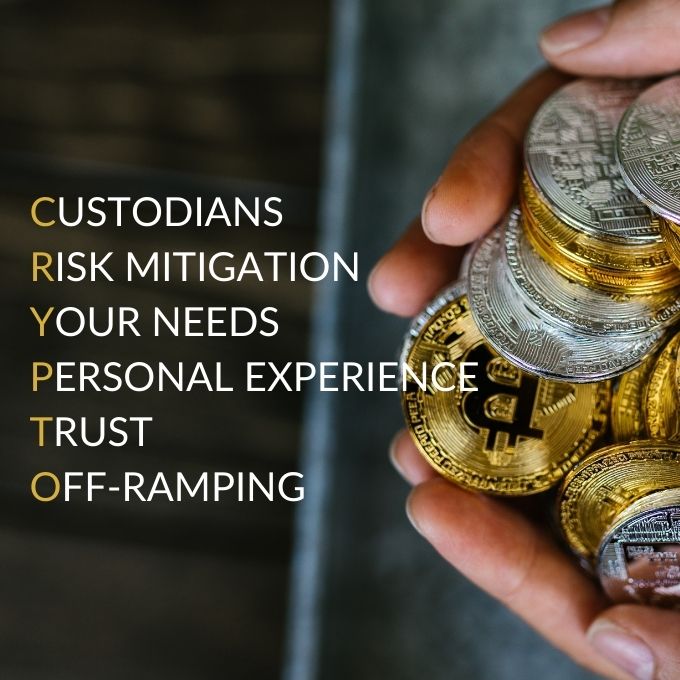“Metaverse” was one of 2022’s buzzwords of the year: but what does it mean for HNW families and family offices?
An unfamiliar concept to many people not so long ago, “metaverse” has been of one 2022’s standout buzzwords, including for wealthy individuals, their families and family offices.
In a coming of age signal, Oxford Dictionaries named it one of their words of the year for 2022. Rival Collins’ word of the year, meanwhile, was ‘permacrisis’. Some might argue that’s an apt description of what has been a turbulent year, to say the least, in the tech world –including the metaverse and, to a greater extent, the crypto industry.
The jury is still out on the major metaverse plays made by some its biggest proponents (not least Meta itself), but an analysis by Bloomberg estimates that the market opportunity will be worth $800billion within the next couple of years
Leading luxury brands like Gucci and Burberry are now offering digital designer clothes and accessories, and virtual, immersive shopping and gaming experiences. “Real estate” in virtual worlds like Sandbox is being snapped up fast, and the world’s oldest auction house Sotheby’s has opened a virtual gallery for NFT (non-fungible token) artworks in Decentraland.
While the majority of the metaverse conversation so far has focused on consumer uses cases (per the above) this really only scratches the surface. Virtual workplaces, digital twins, and meaningful interaction between metaverse activities and ‘real world’ outcomes and outputs are all promised to become part of our future daily lives, but how far off is this really?
Decentraland only has a reported user base of 8,000 people (around 650 daily active users according to recent figures). Meta’s Horizon World’s user base is disputed but apparently falling well short of its ambitions. Recent reports have also shown disappointing figures from Meta’s Reality Labs division – responsible for virtual reality technologies and projects – posting a $4.28 billion operating loss in the fourth quarter of 2022.
The road to mass metaverse adoption is fraught with obstacles, not least the quality of the technology and user experience (including current graphical limitations). In addition, the reality is that there are many metaverses and little to no interoperability, for example, taking ‘property’ from one metaverse to another is, in most cases, impossible. Solutions appear to be coming, but until then this factor will almost certainly delay the technology’s potential ubiquity.
All that said, the growing range of assets and opportunities has already seen the launch of new products and solutions for brands seeking to gain a foothold in a new marketing channel to wealthy tech forward individuals. In September this year, for example, AXA IM launched a new metaverse offering to private wealth clients in Asia in collaboration with UBS.
Family Offices seeking higher returns have driven demand in alternative investment categories in recent years, and are already making a play in this one with almost one quarter of Family Offices based in North America already investing in the metaverse, and a further 13% planning to increase their position in 2023.
Despite the infancy of the technology and regardless of whether it is successful in the short term, it is very likely that trustees will be asked to find solutions for holding digital assets bought, traded and collected in the metaverse.
Bridging the digital divide
To a large extent, economic activity in the metaverse is built on blockchain technology. Tokens typically issued and traded in the metaverse are purchased with cryptocurrency and the assets purchased are often represented by NFTs.
And as the virtual and the physical realms are becoming more closely intertwined through the speed of technological innovation, as ever, established financial and regulatory systems are playing catch up. All this means that the on / off ramps between the decentralised metaverse and the centralised fiat word of banking, tax, the law etc. etc. are still being constructed.
This brings with it real headaches for metaverse proponents who, rightly, want to spend their time pursuing innovation and contributing to the development of a new digital world powered by Web 3.0. They do not want to concern themselves with compliance worries whilst working in a fast-evolving landscape. And, given there is such a plurality of approaches and stages of maturity to regulating blockchain industries on a global basis, the metaverse is barely even on the radar.
The value of trusts
Trust structures have long provided traditional asset owners with the benefits of privacy, security and international mobility, while providing surety over administration and compliance.
For digital asset investors, including those with holdings or projects in the metaverse, this can provide real advantages, including:
- Ring fencing: legal surety and protection from any issues affecting the individual investor (ranging from divorce to bankruptcy)
- Security and oversight: another level of security over access rights and transactions, hot, warm or cold custody
- Future proofing: knowledge that investments will be managed appropriately in the event of incapacitation or death, and that beneficiaries (heirs) will be able to access digital wealth
- Compliance: ensuring assets are accounted for and reported correctly
- Planning: optimising fiscal planning for live projects
Ultimately, using a suitable trust structure can minimise friction, ease the compliance burden, and provide comfort around how digital assets are being protected, managed, so that individuals and families, regulators, banks and others are assured that the appropriate standards and requirements are being met.
Trustees have long been tasked with holding exotic and alternative assets. While some have not yet transferred this experience across into the evolving world of Web 3.0 (mainly due to concern around crypto market volatility and lack of understanding of the technology) some, including Saffery Trust, have moved early to understand the needs of digital native clients, embedding offerings such as acceptance of cryptocurrency for service payment .
Beyond passively holding digital assets, including those acquired in or via the metaverse, we fully expect trusts and other asset holding structures to grow in prominence and popularity for other Web 3.0 use cases, adapting traditional structuring tools to new paradigms such as regenerative finance, DAOs, and metaverse based assets and projects.











